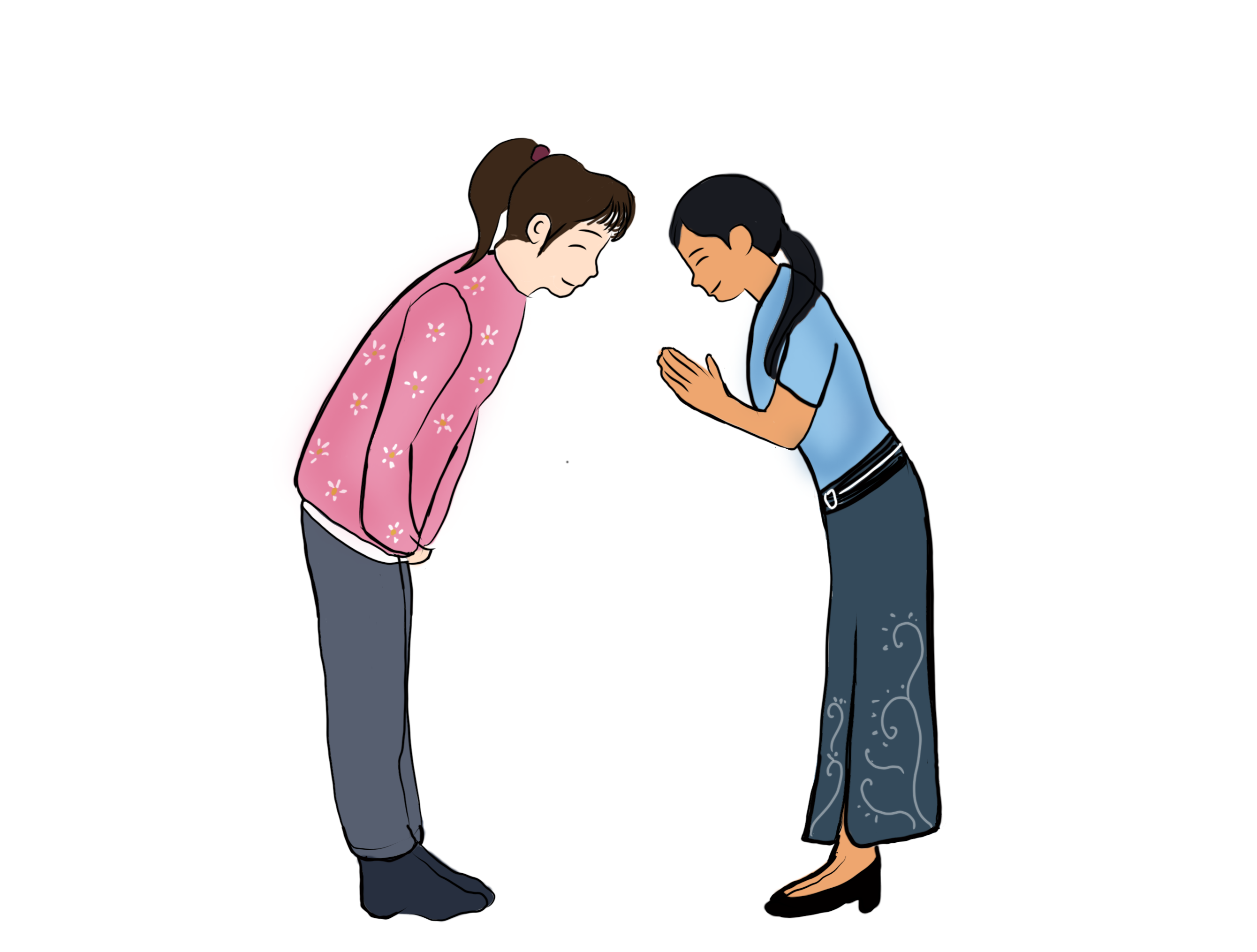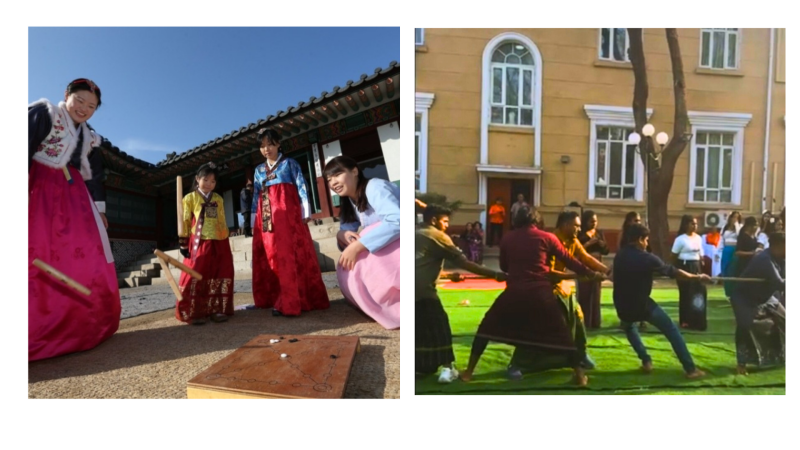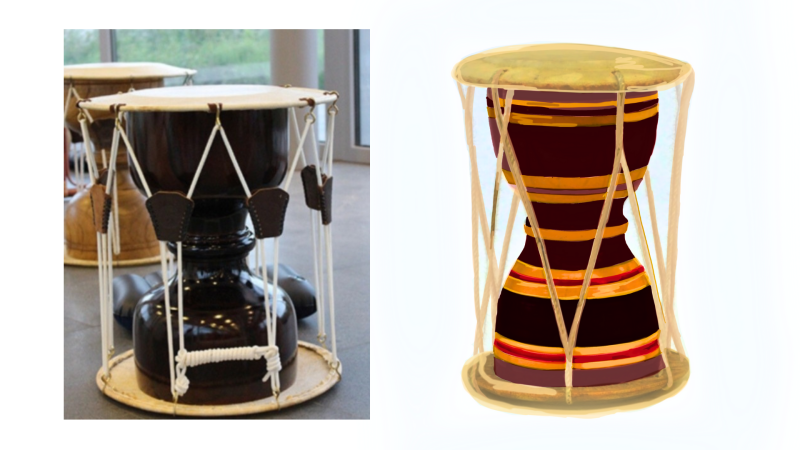- 한국어
- English
- 日本語
- 中文
- العربية
- Español
- Français
- Deutsch
- Pусский
- Tiếng Việt
- Indonesian
By Honorary Reporter Oshini Jayamuni from Sri Lanka
Though geographically distant, Korea and Sri Lanka share intriguing similarities in their traditions and values.
Warm greetings and hospitality are embedded in the cultures of both countries and guests are treated with respect. In Korea, visitors are typically greeted with a polite "Annyeonghaseyo" (Hello) accompanied by a bow. In Sri Lanka, guests are welcomed with the greeting "Ayubowan" (May you live long), offered with hands in a prayer-like gesture and a gentle nod or bow.

Korea and Sri Lanka have a tradition of bowing to greet people. (Oshini Jayamuni)
Though distinct in their cultural backgrounds, both nations share similar traditions in their major festivals, reflecting deeply held cultural values.
Seollal (Lunar New Year), one of Korea's two biggest holidays, has Koreans wear Hanbok (traditional clothing), serve tteokguk (rice cake soup) and perform sebae (prostration). They also play traditional games like yunnori (traditional board game) and tuho (pitch-pot).
Similarly, Sri Lankans celebrate Aluth Avurudu (Sinhalese New Year) with their symbolic "milk rice" and traditional sweets such as kavum (oil cakes) and kokis (crispy fried pastries). People wear traditional costumes. The celebration includes honoring elders with betel leaves to mark the first financial transaction of the new year and playing traditional games.

The traditional game yunnori (left) in Korea and tug-of-war in Sri Lanka (Korea.net and Oshini Jayamuni)
Both Koreans and Sri Lankans use rice as their staple food and with meals typically enjoyed with family. In Korea, rice is served with side dishes such as kimchi placed in the center of the table for sharing. Similarly, Sri Lankans eat rice as their culinary base with curries and sambals arranged in the middle of the table.
Music plays a central role in both cultures and the similarities in their musical instruments are notable. Korea's janggu (traditional double-headed drum) resembles Sri Lanka's udekkiya. Both instruments share similar appearance and functions, providing rhythm and accentuating cultural performances.

Korea's traditional drum janggu (left) and its Sri Lankan counterpart udekkiya (Korea.net and Oshini Jayamuni)
msjeon22@korea.kr
*This article is written by a Korea.net Honorary Reporter. Our group of Honorary Reporters are from all around the world, and they share with Korean net their love and passion for all things Korean.